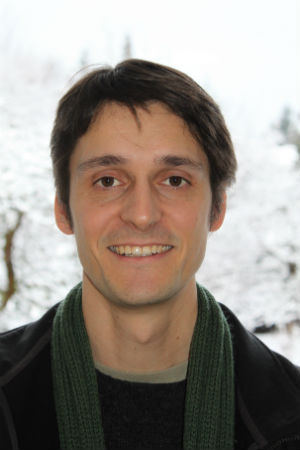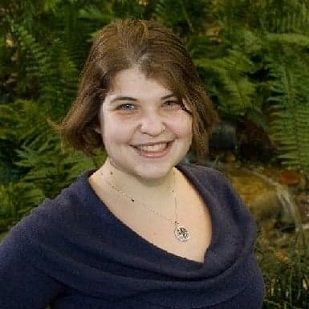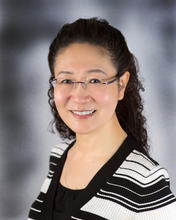Self-motion perception: interactions between visual, vestibular and motor signals
Abstract: To reconstruct how the head is moving relative to the environment, the nervous system relies on a combination of visual and vestibular sensory information. Vestibular signals are driven by head movement whereas visual motion signals are driven by both head movement and eye movement relative to the head. Knowledge of eye movement, most likely based on motor efference, is therefore, necessary to allow for comparison and integration of visual cues with vestibular cues. Motor efference signals associated with head-on-body movement can also supplement sensory estimates of head movement. In this talk, I will present results of several psychophysical studies investigating interactions among these self-motion signals. Visual stimuli consist of optic flow patterns presented using either stereo monitors or head-mounted displays. Vestibular stimuli are presented by passively moving observers seated on either a motion platform or rotating chair. Oculomotor behavior is manipulated by varying movement of the fixation point between conditions. Participants judge their own movement or movement of the environment. Results suggest that motor signals play an important role in mediating visual-vestibular interactions. To relate these experimental results to natural behavior we have developed a system to track head and eye movement during everyday behavior, and we have begun characterizing typical visual, vestibular, and motor signals outside the lab. https://www.unr.edu/psychology/faculty/paul-macneilage








